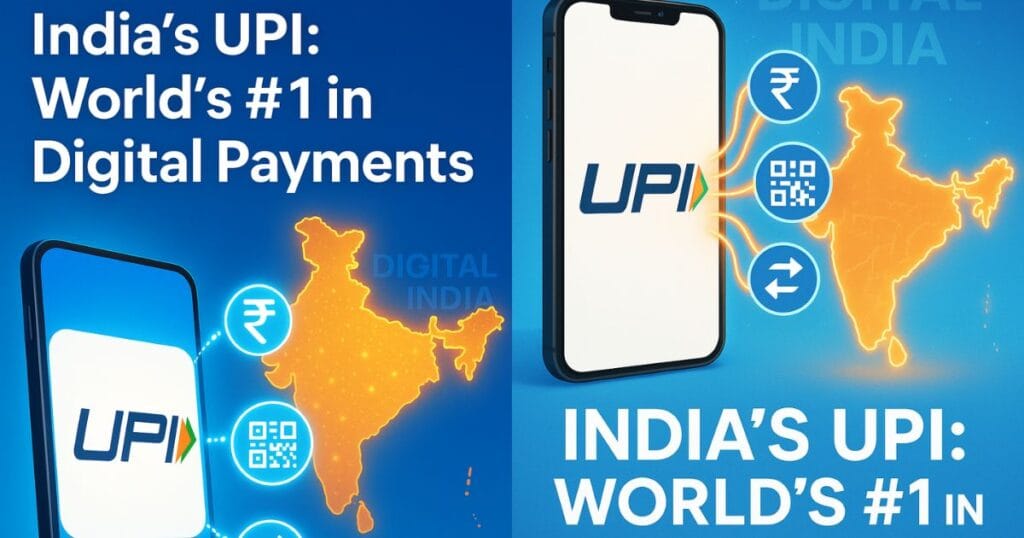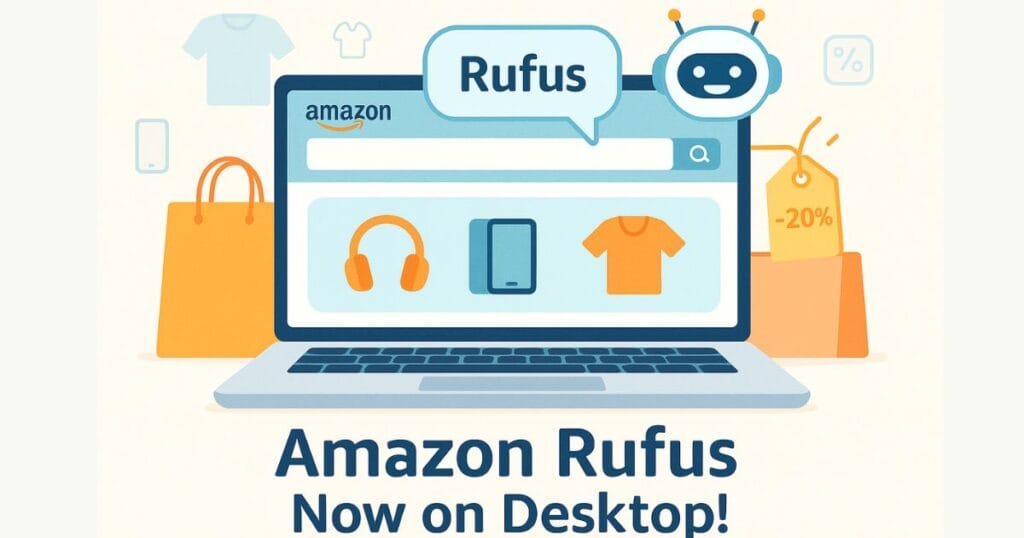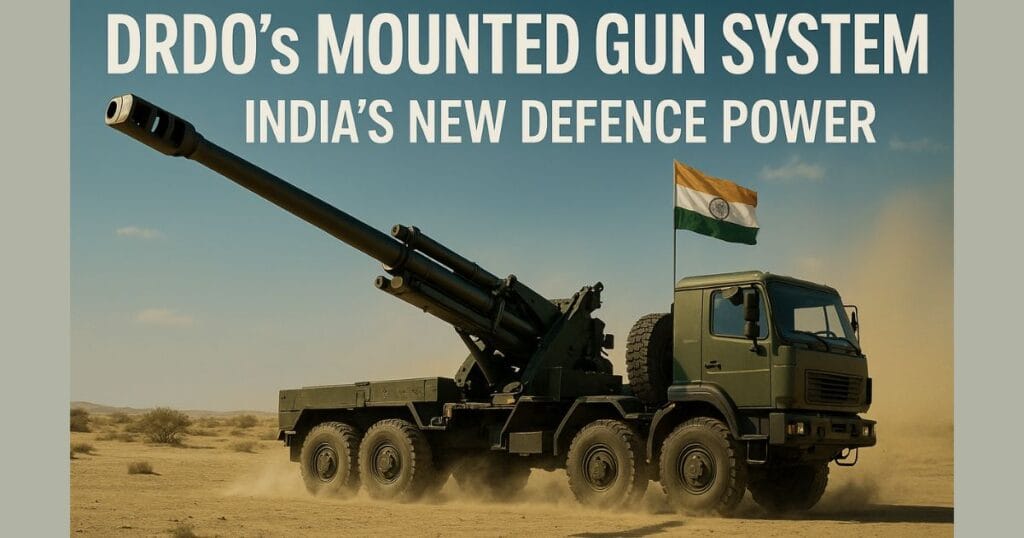Sending money today has become as easy as sending a text message. The biggest driver of this digital revolution in India is UPI (Unified Payments Interface), which has become a part of everyday life, from paying at a tea stall to shopping online. It is often said that UPI handles 85% of India’s digital transactions and that India dominates nearly 50% of the world’s real-time payments. Let’s understand in simple terms why UPI is so special and how accurate these claims are.

What is UPI and How Does it Work?
Its a technology that enables instant money transfers from your phone. It was developed by the National Payments Corporation of India (NPCI). You use UPI through apps like PhonePe, Google Pay, or Paytm. The biggest advantage is that you don’t need to remember bank account numbers or fill out lengthy forms. You can send money using a Virtual Payment Address (like name@upi) or a mobile number.
Key Features of UPI
- Speed: Transfers money instantly, even at 2 AM.
- Convenience: Scan a QR code or enter a mobile number, and payment is done!
- Cost-effective: No charges on small transactions.
- Secure: Every transaction is secured with a PIN or biometrics.
UPI’s Strength in India: Handling 85% of Digital Transactions
If you are making digital payments in India, you are most likely using it. According to the Reserve Bank of India’s (RBI) March 2025 report, it handled 83.7% of India’s digital transactions. This is just slightly below the 85% claim, and with the growing adoption, it likely touched 85% by July 2025.
Some figures showcasing it’s strength:
- In June 2025, it processed 18.39 billion (1,839 crore) transactions.
- Out of these, 6.68 billion were P2P (person-to-person) transactions, like sending money to a friend.
- 11.70 billion were P2M (person-to-merchant) transactions, like paying a shop or online store.
These numbers show that it has significantly reduced cash usage in India, with people preferring phone payments, whether it’s to a vegetable vendor or while shopping online.
UPI’s Global Impact: 50% of the World’s Real-Time Payments
Real-time payments are those that happen instantly, and in this segment, India’s UPI is number one globally. RBI’s March 2025 report indicates that India’s share was 48.5%, aligning closely with the “almost 50%” claim. This means nearly half of the world’s instant payments happen in India, thanks to UPI.
Some surprising numbers:
- In May 2025, it processed 18.67 billion transactions worth ₹25.14 lakh crore (around USD 293 billion).
- That translates to about 7,000 transactions every second.
- It is expanding into countries like Singapore and the UAE, which will further increase India’s global share.
Why is UPI So Popular?
There are several reasons behind it’s success in India and its rising global influence:
- Widespread Availability: From small shops to large malls, it QR codes are everywhere.
- Accessible for All: Whether it’s a farmer in a village or a trader in a city, it is easy for everyone.
- Financial Inclusion: It has connected people who previously relied solely on cash to digital payments.
- Global Inspiration: It’s model is inspiring other countries to adopt similar systems.
Are These Claims Accurate?
Let’s fact-check the claims that it handles 85% of India’s digital transactions and 50% of the world’s real-time payments:
- 85% of India’s Digital Transactions: RBI data shows UPI’s share was 83.7% as of March 2025, slightly below 85%, but considering UPI’s rapid growth, it likely reached 85% by July 2025.
- 50% of Global Real-Time Payments: India’s global share was 48.5%, very close to 50%, and with UPI’s expansion overseas, this will strengthen further.
These numbers confirm that it’s claims are nearly accurate and demonstrate India’s digital strength.
The Future of UPI: A Game-Changer for India and the World
It is not just a payment system; it is a symbol of India’s digital revolution. It connects small shopkeepers, street vendors, and people in villages to the digital economy. For example, a vegetable seller can now accept payments through a QR code, and a farmer can sell produce online.
Globally, It’s influence is also growing. Through NPCI International, it is expanding into other countries. Many nations are considering adopting India’s model, which will not only strengthen India’s economy but also transform the global digital payments landscape.
Know more about it (NPCI)
ALSO READ- UPI’s Rising Wave in India: How Maharashtra and Karnataka Led April-June 2025
Conclusion: UPI, India’s Digital Power
India’s it has redefined digital payments. It handles 83.7% of India’s digital transactions and 48.5% of the world’s real-time payments, figures that are very close to the claims of 85% and 50%. Its speed, convenience, and low cost have made it a part of everyday life for every Indian.
The story of it is a testament to India’s hard work and technological progress. It is not just a way to send money; it is a pathway to building a new India where everyone can be a part of the digital world.
Why is UPI so successful in India compared to other countries’ payment systems?
UPI is successful in India because it offers instant, free, and secure transactions with an easy-to-use interface. Unlike many other payment systems, it does not require remembering account numbers or complicated forms; you can pay using a simple mobile number or QR code anytime, even at 2 AM. Its widespread acceptance, from small tea stalls to large malls, and support on apps like PhonePe, Google Pay, and Paytm, has made it a part of daily life, helping India lead in digital transactions globally.
How does UPI help India’s economy and financial inclusion?
UPI reduces dependence on cash, making transactions faster, transparent, and traceable. It connects small shopkeepers, street vendors, and people in rural areas to the digital economy, empowering them to accept payments digitally without needing expensive card machines. This increases financial inclusion, encourages saving in bank accounts, and strengthens India’s digital infrastructure, contributing to the country’s economic growth.
Does UPI really handle 50% of the world’s real-time payments?
Almost! According to the Reserve Bank of India’s March 2025 report, India’s share in global real-time payments is 48.5%, which is very close to the 50% claim. This means nearly half of the world’s instant payments are happening in India, largely due to UPI’s widespread use and convenience. With UPI expanding to countries like Singapore and the UAE, India’s global share in real-time payments is expected to increase even further.


